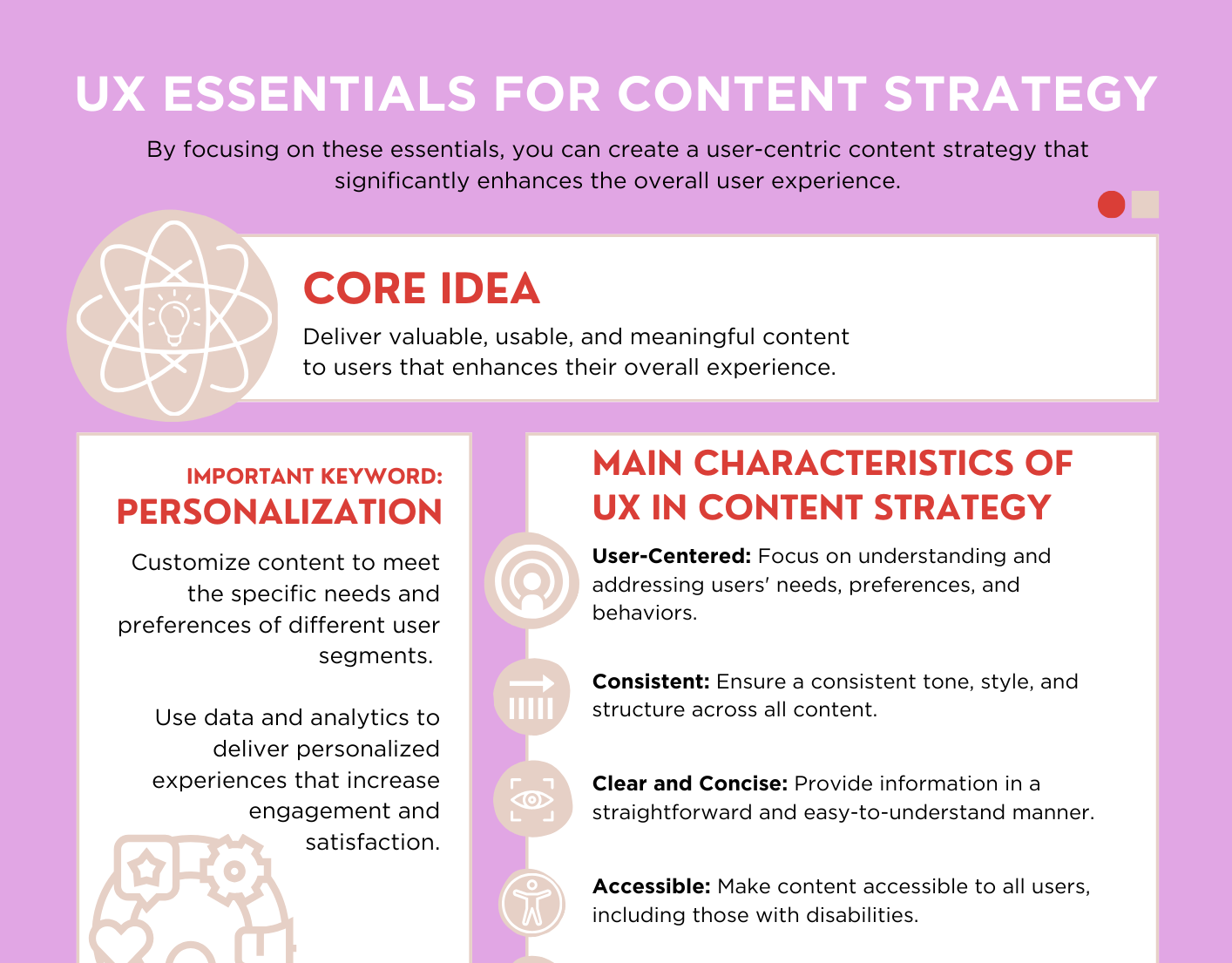As a content strategist, your goal is to create content that is meaningful, useful, and sustainable. (Wachter-Boettcher, 2012) To achieve this, you need to understand what your audience is interested in. Using quantitative social research can help you make informed decisions that improve engagement, user experience, and business success. This blog post explores how these two fields intersect and benefit each other, based on insights from the lecture “Quantitative Social Research” at FH Joanneum with Susanne Sackl-Sharif.
Understanding Quantitative Social Research
Quantitative social research involves collecting and analyzing numerical data to understand patterns and relationships in social behaviors. This type of research is systematic, using tools like surveys and statistical analyses to draw conclusions that can be generalized to larger populations.
Key Elements of Quantitative Social Research
1. Hypotheses and Variables: Quantitative research starts with hypotheses that predict relationships between at least two variables. For example, you might guess that frequent social media use reduces study time among students. In this case, the variables are social media use and study time.
2. Operationalization: This involves turning abstract concepts into measurable observations. For example, "social media use" can be operationalized by asking students how many hours per day they spend on social media platforms, and "study time" can be measured by asking how many hours per day they spend studying.
3. Data Collection: Structured methods such as surveys and questionnaires are commonly used. These tools need to be carefully designed to gather accurate and relevant information.
4. Statistical Analysis: Researchers use statistics to describe data (descriptive statistics) and make inferences about a larger population based on sample data (inferential statistics). Software like JASP can help with these analyses.
Applying Quantitative Research to Content Strategy
1. Understanding the audience: Quantitative research helps you learn about your audience's behavior, preferences, and demographics. By analyzing survey data, you can find out what content resonates with them and adjust your strategy accordingly.
2. Content Performance: Metrics such as page views, bounce rates, and conversion rates are essential for evaluating content performance. These metrics help identify which content resonates with the audience and which doesn't.
3. A/B Testing: Hypotheses about content effectiveness can be tested through A/B testing, a quantitative method that compares two versions of a webpage or content to see which performs better. This method allows strategists to make data-driven decisions.
4. Predictive Analysis: Using historical data, quantitative methods can predict future trends and behaviors. This allows content strategists to be proactive rather than reactive, planning content that anticipates audience needs and interests.
Case Example: Small Companies and Content Strategy Affordability
Consider a content strategist who hypothesizes that many small companies want to create a content strategy but can't afford to hire a content strategist. Here's how they use quantitative social research to test this hypothesis and find a solution:
1. Topic: Many small companies want a content strategy but can’t afford to hire a strategist.
2. Survey Design: Create a survey to collect data on small companies' interest in content strategy and their budget limits.
3. Data Collection: Distribute the survey online to get responses from a wide range of small companies.
4. Analysis: Analyze the survey data to find trends and common barriers related to the affordability of hiring a content strategist.
5. Solution Development: Develop solutions like affordable content strategy packages, DIY guides, and online workshops to help small businesses create their content strategies within their budget.
Conclusion
Using quantitative social research in content strategy helps you make informed, data-driven decisions. By understanding and applying these principles, you can create more engaging and effective content. This approach not only improves user satisfaction but also drives business success.









